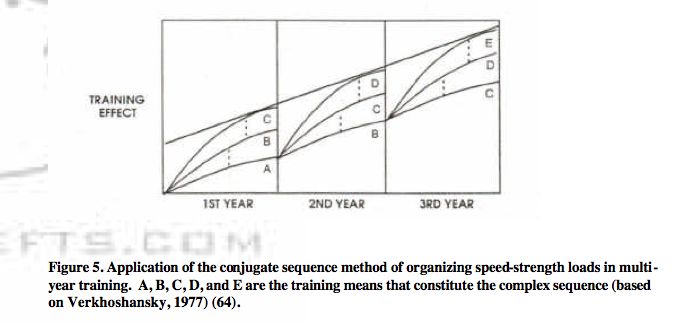up:: Habits MOC tags::#habit#on/practice
Notes on this note
This is a sanitized version of my actual note.
- Some content and links have been removed.
An asymptotic curve models the development of skills, strength, habits, and more
An asymptotic curve is seen in the development of habits, skills, muscles, and more.
The asymptotic curve rises fast on the y-axis before leveling out. Practically, this models the rate of improvement when we start a new habit or develop a new skill.

- Graph from “Promoting Habit Formation,” Lally et al. 1
Initial improvement is rapid but then slows down before plateauing. If we don’t change up our actions, that slow down will reach the Point of Diminishing Returns and become a plateau.2
The a-curve models the following:
- skill development (reference Ericsson 1993)
- Strength Development
- memory development via spaced repetition (the inverse of which is the “forgetting curve”) (See: How the LYT System enriches Spaced Repetition)
- habit formation
- attention spans
The A-curve in Strength Development
https://www.elitefts.com/education/the-development-of-the-russian-conjugate-sequence-system/
Overcoming Plateaus

- Back Matter
- dates:: 2015-02-20
- created:: 2015-02-20
- modified:: 2020-05-28
Footnotes
-
This also relates, in general, to the Pareto Principle, although I’d say for the a-curve it’s more like the final 10% of the task takes as long as the prior 90%. Remember both points when “fighting perfectionism”. ↩